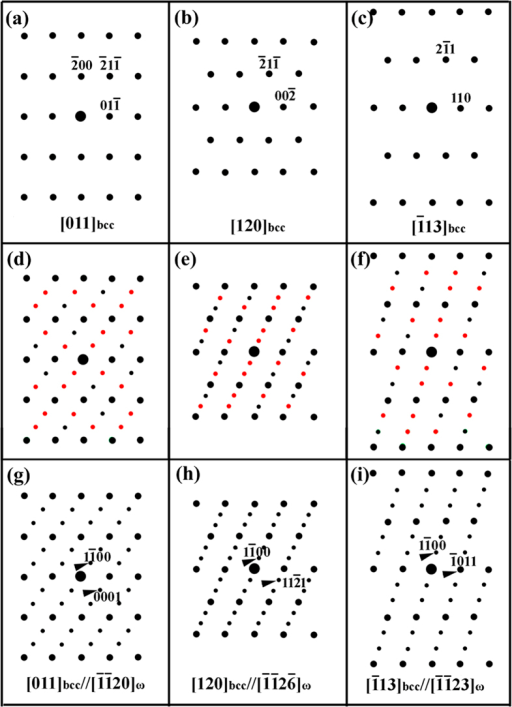

These steps were repeated as the sample was compressed up to the highest pressure. Diffraction patterns were collected over a 2D array of points to cover the entire projection of the sample perpendicular to the beam. Data acquisition was performed at stations 16-BMB 12 and 16-BMD 22 for polychromatic Laue and monochromatic powder diffraction techniques respectively. As DACs typically have some pressure drifts even without an increase of the pressure, the estimated drift ranged ± 2 GPa from the initially measured value. Difference of measured pressure by these two techniques was no more than 1 GPa. Applied pressure was measured by ruby fluorescence 20 and/or Raman spectrometry on diamond, in order to avoid squeezing of the samples between gasket material and Ruby balls 21. Pressure in the cell was manually increased by set screws in 3–4 GPa increments. The DACs with samples were loaded with Ne or Helium (He) as a pressure transmitting medium. It is known that smaller culets produce a larger pressure gradient 18, 19 which would result in larger plastic deformation of Mg crystals. The difference between culet size 300 μm versus 200 μm likely comes from different pressure gradient across the culet. Other samples exhibited significant plastic deformation to the extent of complete disappearance of diffraction spots as described below. Among them, only four samples loaded with culets 300 μm and Neon (Ne) as the transmitting medium were successfully tested at pressures beyond 40 GPa. Seven samples were tested with 300 μm culets anvils and three samples were tested with 200 μm culet anvils. No bridging was observed after loading to pressures as high as 58 ± 2 GPa except of partial bridging of one sample illustrated in the supplementary material of the paper. After loading to the highest pressure, samples were investigated by optical or electron microscopy to determine presence of bridging (squishing) samples between diamonds. Rhenium (Re) gasket was pre-indented down to 35 μm and a hole of 150 or 100 μm diameter was drilled in the gasket for 300 and 200 um culets respectively. The smaller culet allows achieving higher pressure but causes higher stress gradient 15, 16, 17. DACs with culets 300 and 200 μm in diameter were used for different samples. For detailed description and illustration of DAC reader is referred to 14. All samples were loaded in DAC in a way that basal plane of HCP crystal is perpendicular to the X-ray beam and parallel to the DAC plane. Each sample was put into a diamond anvil cell (DAC) BX90 using a micromanipulator 12. Specimens of pure Mg with nominal purity 99.9 + % were cut from a bulk Mg single crystal into small pieces with a thickness of ~ 10 um using a laser drilling machine at HPCAT 13.
#INDEXED SINGLE CRYSTAL DIFFRACTION PATTERN BCC FULL#
Upon the full transformation, a powder-like BCC aggregate is formed revealing the destructive nature of the HCP to BCC transformation in single crystals of Mg. The peak intensity increases at 59.7 GPa. Nevertheless, the powder diffraction shows the formation of 110 BCC peak at 56.6 GPa. Intensity of the Laue reflections from HCP crystals rapidly decrease but no reflections from crystalline BCC phase are observed with a further increase of pressure. The selected crystals are tracked by mapping Laue diffraction spots up to the onset of the HCP to BCC transformation, which is determined to be at a pressure of 56.6 ± 2 GPa. The plasticity is accommodated by dislocation glide causing local misorientations of up to 1°–2°. Although experiments were performed with both He and Ne pressure media, crystals inevitably undergo plastic deformation upon loading to 40–44 GPa. Mechanisms of hexagonal close-packed (HCP) to body-centered cubic (BCC) phase transformation in Mg single crystals are observed using a combination of polychromatic beam Laue diffraction and monochromatic beam powder diffraction techniques under quasi-hydrostatic pressures of up to 58 ± 2 GPa at ambient temperature.


 0 kommentar(er)
0 kommentar(er)
